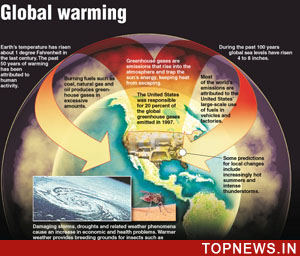It’s known as “single study syndrome”. When a new scientific paper is published suggesting that the climate is relatively insensitive to the increased greenhouse effect, potentially modestly downgrading the associated climate change threats, that sort of paper will generally receive disproportionate media attention. Because of that media attention, people will tend to remember the results of that single paper, and neglect the many recent studies that have arrived at very different conclusions.
Clouds Point to a Sensitive Climate
For example, there have been several recent studies finding that the global climate models that most accurately simulate observed changes in clouds and humidity over the past 10–15 years also happen to be the ones that are the mostsensitive to the increased greenhouse effect. For example, a 2012 paper by Kevin Trenberth and John Fasullo concluded,
These results suggest a systematic deficiency in the drying effect of either subsident circulations or spurious mixing of moister air into the region in low-sensitivity models that directly relate to their projected changes in cloud amount and albedo … the results strongly suggest that the more sensitive models perform better, and indeed the less sensitive models are not adequate in replicating vital aspects of today’s climate.
A 2014 paper led by Steven Sherwood took a similar approach with similar results. The paper concluded,

